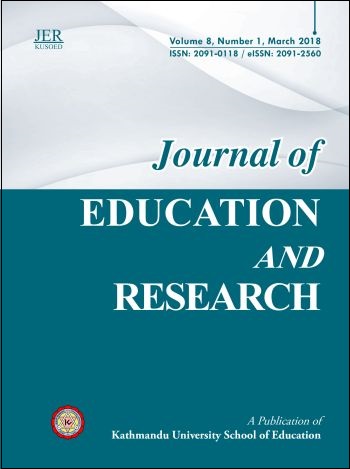Goal-Setting for TVET Reform: A Framework for Identifying the Ideal System in Nepal
Keywords:
Technical and vocational education and training; TVET reform; Good governance; Education-employment linkage; NepalAbstract
Technical and vocational education and training (TVET) is a critical part of Nepal’s education system, both now and as the country continues to develop. The system has an opportunity to revise itself under the Constitution of Nepal (2015), which is implementing a new federal system of government. This paper identifies the best model for TVET in Nepal, based on the principles of permeability, quality, good governance, and education-employment linkage. Although the first two characteristics are well established, the latter two depend on local preferences. Based on a survey of TVET stakeholders in Nepal, we determine that a coordinated input-oriented governance model is best for Nepal. Through document analysis of the country’s TVET legal framework, we find that an occupation-driven style of education-employment linkage is the best fit. Both of these characteristics fit the country’s goals, but not necessarily its current situation, so the TVET system will have to change as it adapts to Nepal’s new Constitution.




